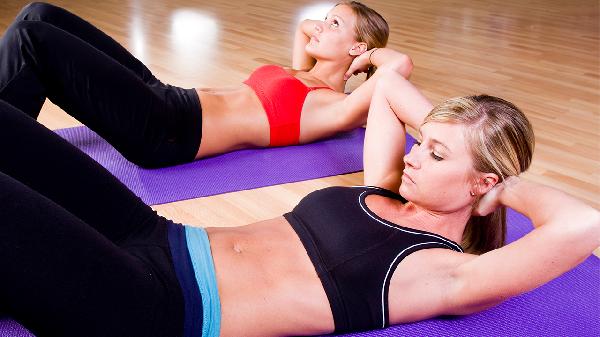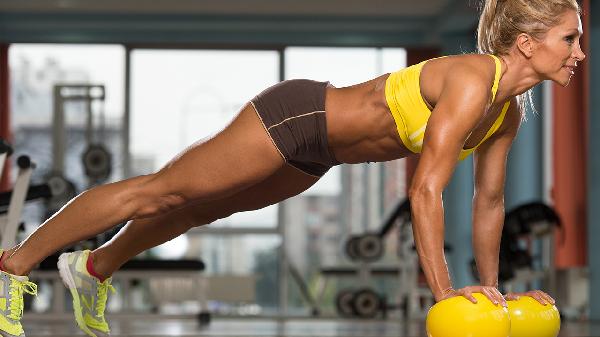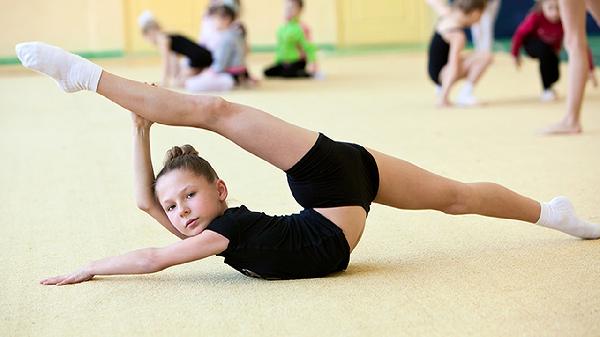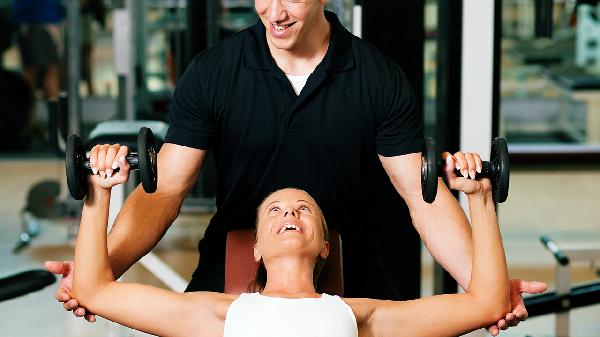If you're looking to torch your legs and build serious strength, the Hatfield squat is the ultimate leg day move you need in your life. Named after powerlifting legend Fred Hatfield, this variation of the traditional squat takes things up a notch by incorporating a safety bar or handles for stability, allowing you to push heavier weights with confidence. It's like giving your squats a turbo boost—less stress on your joints, more focus on pure muscle engagement, and a one-way ticket to gainsville.
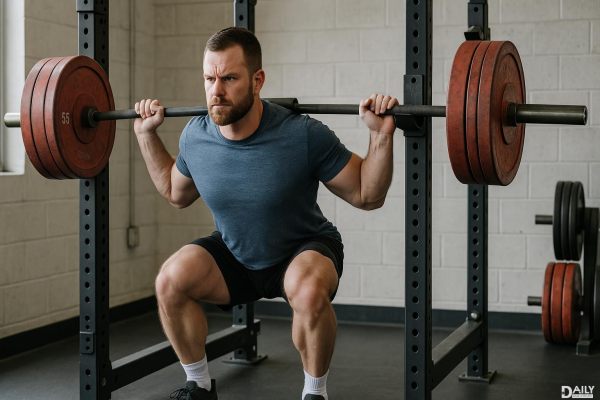
Unlike a standard back squat, the Hatfield squat uses a safety squat bar or handles attached to a rack, which shifts the load distribution and reduces shear force on your spine. This means you can go heavier without worrying about form breakdown or lower back strain. The movement also emphasizes quad activation, making it a killer exercise for building explosive power and size. Research shows that variations allowing for greater stability (like the Hatfield squat) can lead to better muscle recruitment and hypertrophy—so yeah, it’s backed by science, not just bro-lore.
Let’s be real: most people’s leg routines are stuck in a rut of endless back squats, lunges, and leg presses. The Hatfield squat breaks the monotony while delivering next-level results. Because you’re not fighting to stabilize the bar as much, you can overload the movement and really hammer those quads, glutes, and hamstrings. Plus, it’s a game-changer for lifters with mobility restrictions or past injuries—since the handles provide extra support, you can still go heavy without compromising form. It’s like having a spotter built into the exercise.
First, set up a safety squat bar or attach handles to a squat rack at about chest height. Step under the bar, grip the handles firmly, and position your feet shoulder-width apart (or slightly wider if you prefer). Keep your chest up, core tight, and descend into the squat, pushing your knees outward as you hit depth. Drive through your heels to stand back up, squeezing your glutes at the top. Start light to get the feel, then gradually increase the weight as you master the movement. Pro tip: If you don’t have a safety bar, you can mimic the movement using a landmine attachment or even a heavy-duty resistance band anchored to the rack.
Even though the Hatfield squat is more forgiving than a traditional squat, there are still pitfalls to watch for. Don’t let the handles make you lazy—keep your core engaged and avoid rounding your back. Another rookie mistake is going too heavy too soon; just because you can load more weight doesn’t mean you should sacrifice control. And please, for the love of gains, don’t half-rep it. Hit depth every time, or you’re just cheating yourself out of results.
This beast of a movement works best when used as a primary lift in your leg day rotation. Aim for 3-4 sets of 6-8 reps with heavy (but controlled) weight to build strength, or 4-5 sets of 8-12 reps for hypertrophy. Pair it with unilateral work like Bulgarian split squats or step-ups to balance out your development. If you’re a powerlifter, using Hatfield squats as an accessory can help break through plateaus in your regular squat by overloading the movement pattern without frying your CNS.
Bottom line? The Hatfield squat is a secret weapon for leg development, whether you’re a seasoned lifter or just trying to escape chicken-leg territory. It’s versatile, joint-friendly, and brutally effective—so next leg day, ditch the excuses and give it a shot. Your quads will thank you (after they stop screaming).

